

| CANVAS OF PLANS & DRAWINGS |
INTERIOR & DÉCOR, but with a twist |
| HOTELS & RESTAURANTS, beyond mainstream |
Notes on ART |
| Into big AFFAIRS | INSIDERS |
| GLIMPSES | |
Keywords:
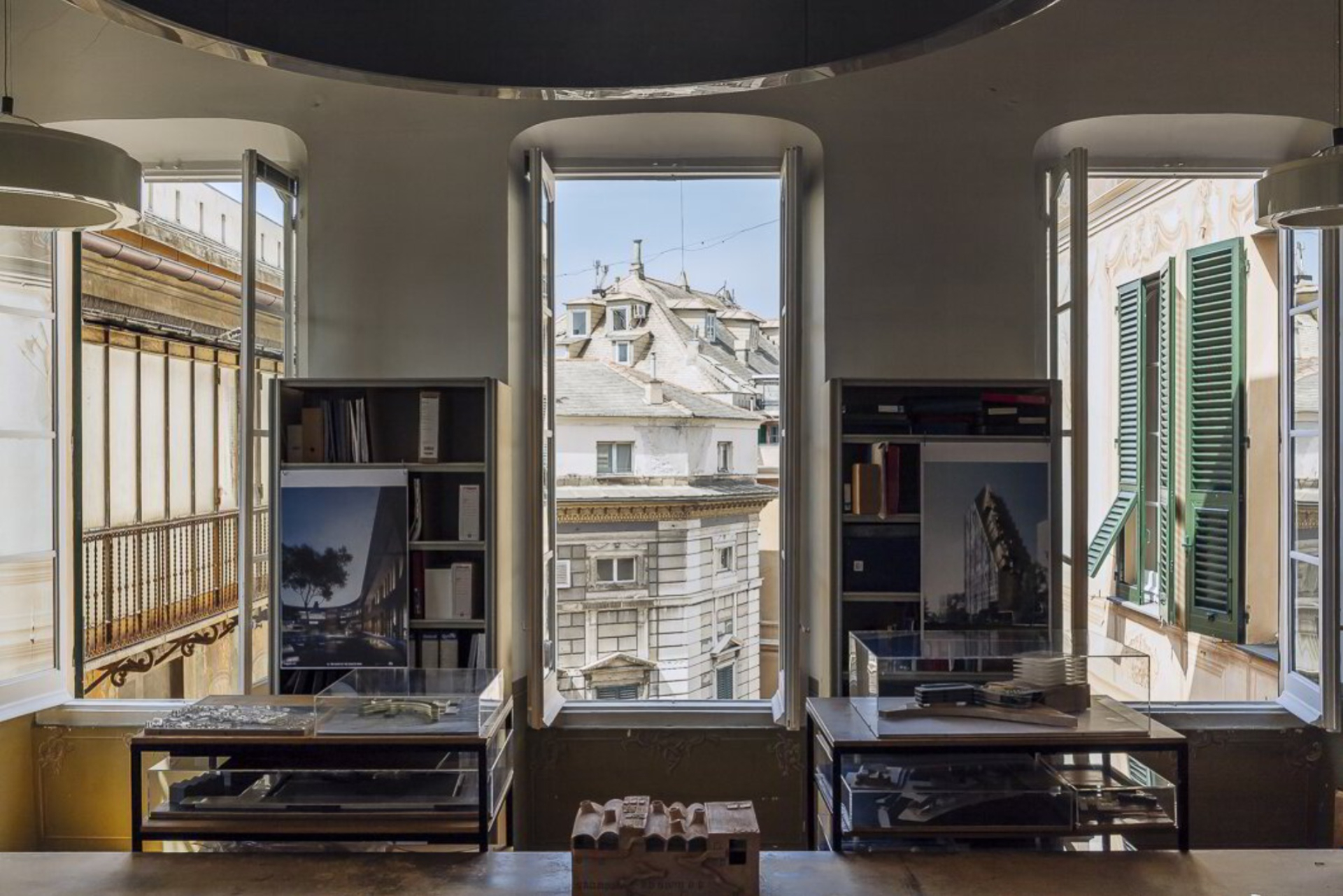
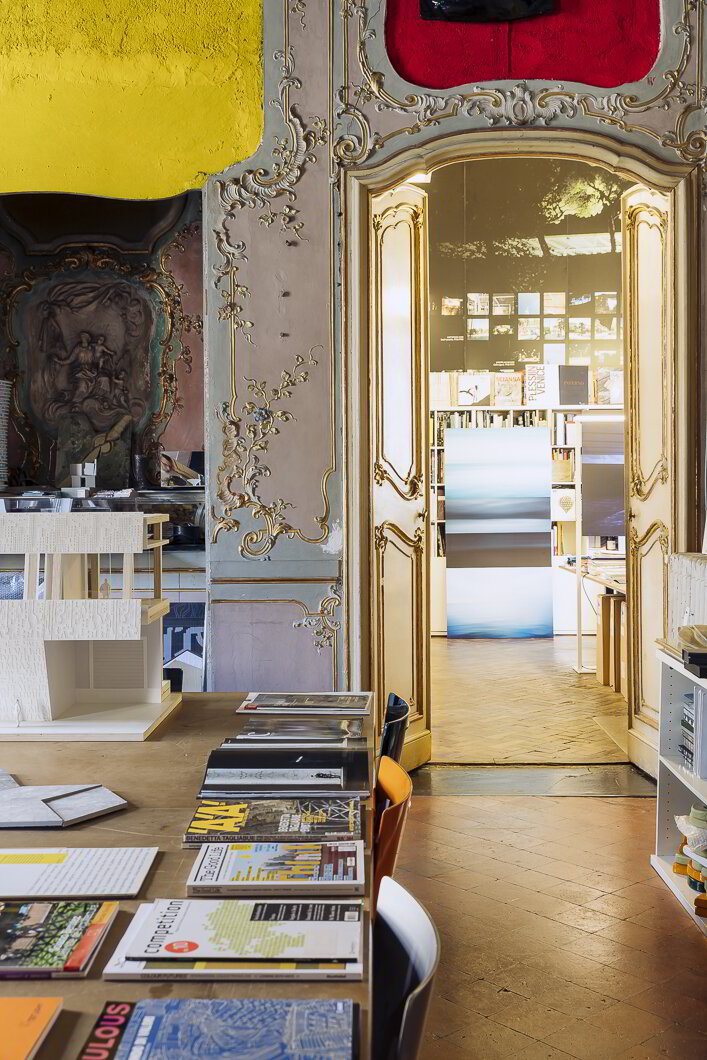
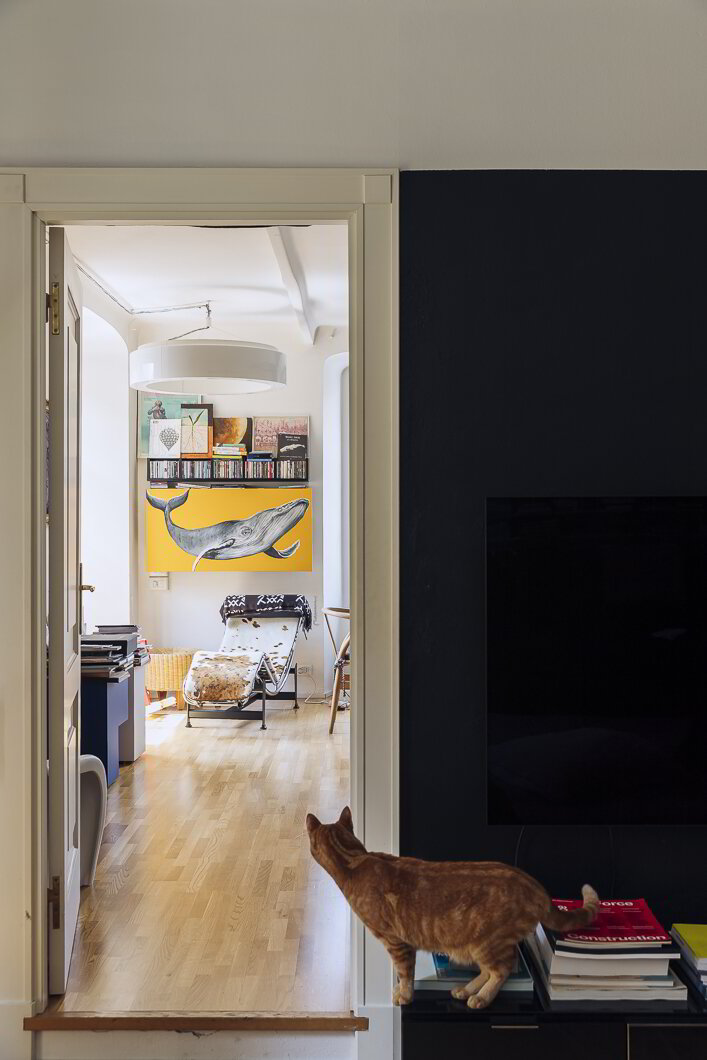


To me, windows are notes on stave. Where most people banally see an opening, I see a means of imagination. Personally, I have a passion for rooms with multiple windows as they describe the change in the light incidence and, at the same time – perhaps this comes from my passion for cinema – a cinematographic dimension of shots. Turning to my house, the first things you notice coming down the narrow corridor are two adjoining rooms – a large open kitchen and a living room – conceived as a single space jewelled by six windows overlooking the city. From there you may admire Genoa as a whole or, getting closer to a certain window, you may focus on the opposite building lit by a curious sunlight. This is what I seek in every place, that is a dimension appearing as external and nevertheless defining your narrative. Everyone thinks it is a purely compositional issue – and it is – but there is more than that. I feel comfortable in my rooms because they comprise an idea of suspension despite being within a building. I often find myself in a state of suspension between the palaces of Genoa, their roofs and the sky. This could seem banal, but to me it is education to beauty. Therefore, windows are fundamental. The very term window does not do justice to them.
It really depends on the time of the day, on how I feel and who I want to be with in that moment. It is about the identity of the room, rather than the room itself. In my projects I never determine a core room or a pre-established path, because every space should nourish the other as every room should anticipate the other. Every little space in my house is part of a whole that makes me feel comfortable. However, I could answer you that there is a specific room full of books, a mattress on the floor and a large sofa. Here time slows and I can transcend into reading, writing, movies or dialectical moments.
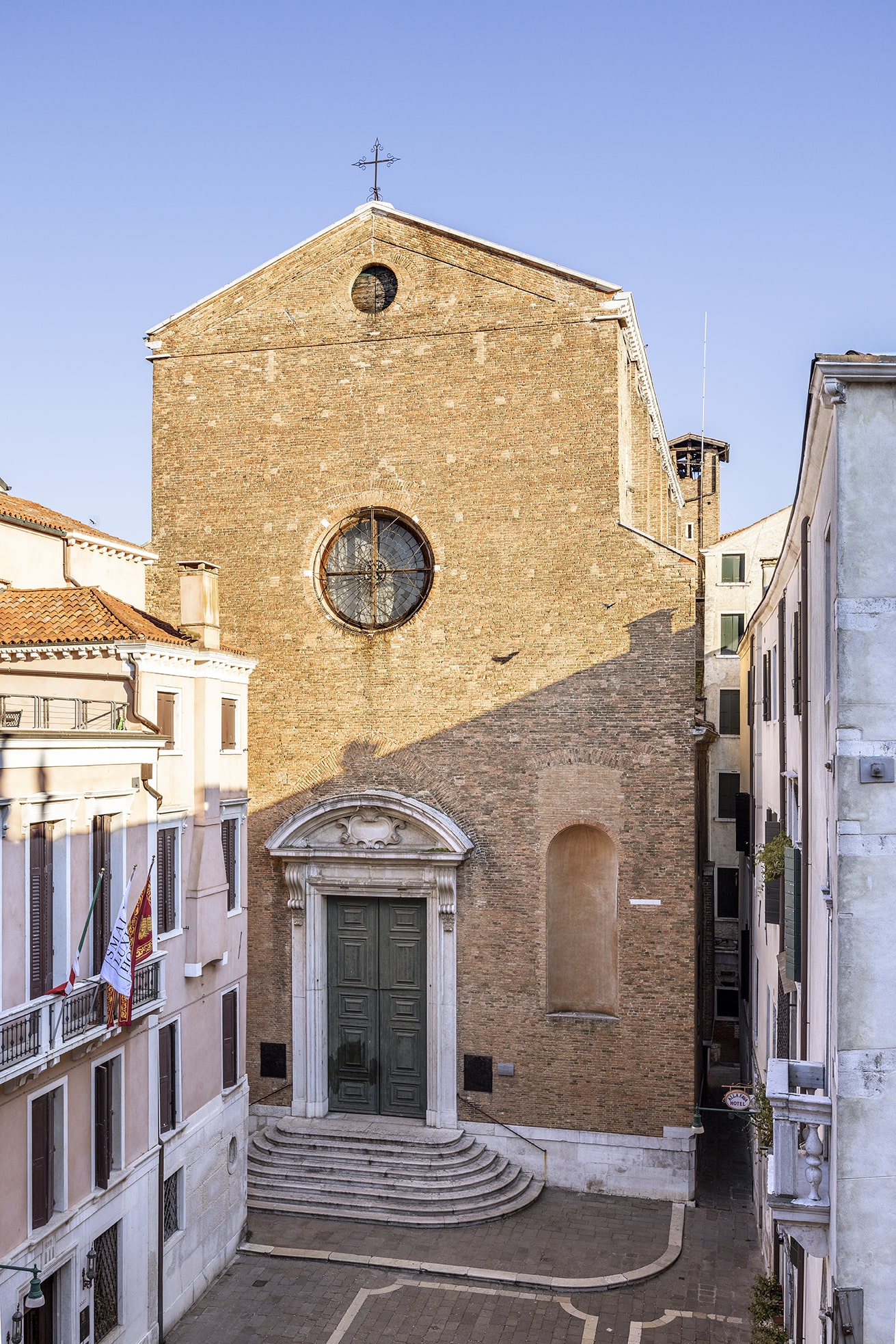
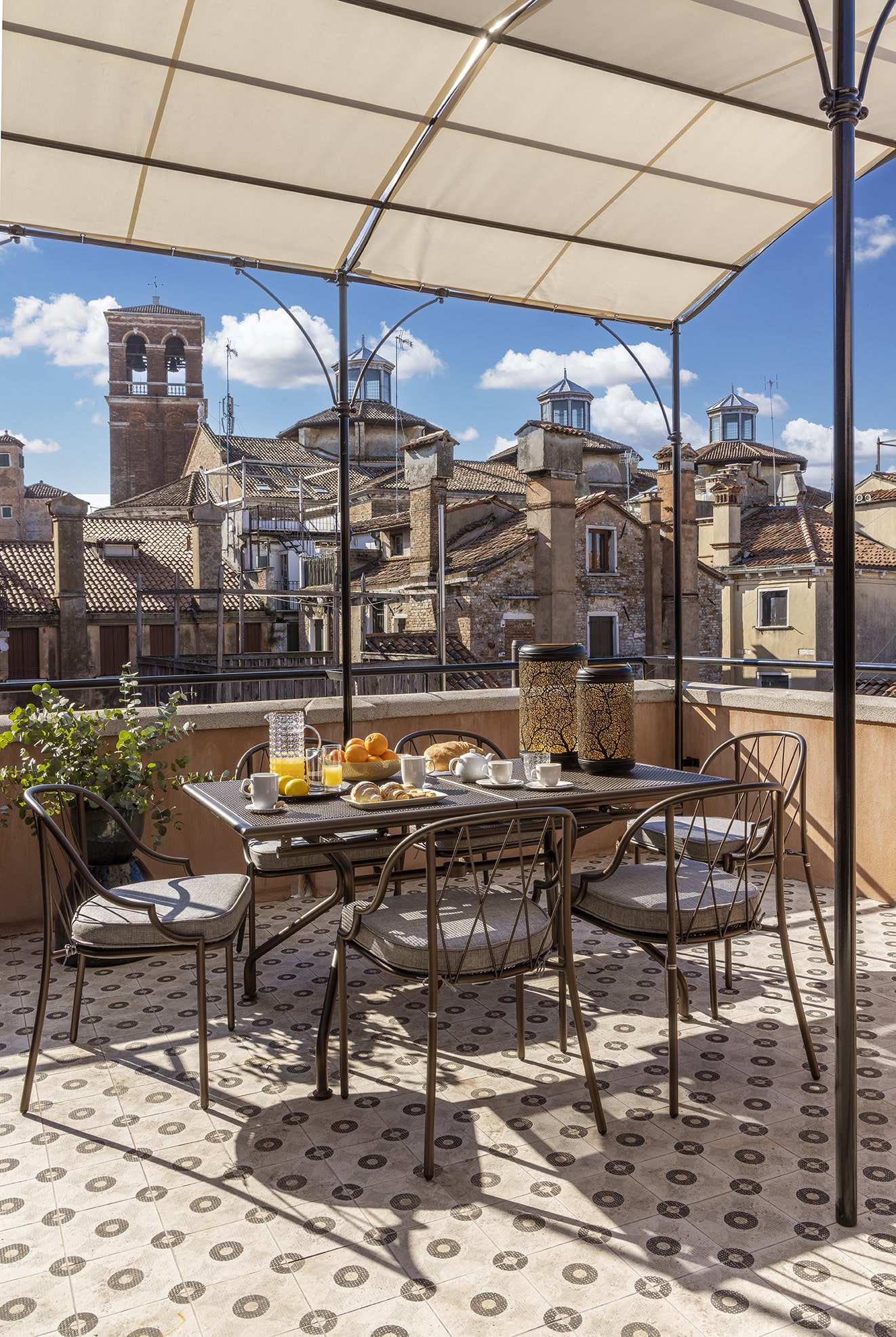
I would say that every object retains a story and that I am fond of what it communicates in time, rather than its being. However, here it is a personal one. Many years ago, before our logo recently became a whale, I got a blue ceramic whale from an artist friend. It is an object I keep somewhat hidden in a room. What matters is the imagery behind the whale, namely that unconscious thought that slowly comes to focus. Indeed, when I describe a project, at first many clients do not understand where I am going with it. Nevertheless, what might appeared to be disconnected, eventually becomes a whole, held together as a whale tail. What I would say, however, is that I am more fascinated by space, empty space indeed. I do not have a particular affection for material objects as there is not a single item that can make me feel better or that I need. Conversely, I cannot accept to stay in a space I do not feel contented with.
The city lines are tied to it. If I turn my gaze to the north, for example, I see the 19th century city, while if I turn to the west the 16th century city opens up to me. Finally, at north east I can admire a more contemporary architecture. There is a time in the city that corresponds to you and tells you that you belong to time. Then, there is a time bound to space. There are spaces that might remain independent and constantly unchanging, others that are layered, covering centuries of architecture. There is something very human in this. An Augustinian idea of time belongs to me, that is that time is a sum of present moments and not continuous sequences. And my house, my spaces, they say this.


Because space is, to me, rhythm and sequence, this theme is necessarily reflected in my Genoa house. The long narrow corridor has, indeed, its own identity and autonomy. Then, it ‘passes the torch’ to a bright space with multiple windows, thus describing two extremities, an intimate area and a collective one. These spaces pass the baton to each other, with the possibility of reading them as a unit or as a sequence of closed boxes. Space is not a matryoshka doll with many souls, each containing the other. Space is rather a single, living organism, an element of synthesis, of feeling and narration. The ‘passing of the torch’ is many things, it is a fraction of infinite time where you may find the individual, the other, the object and the story. My architecture is not based on a repetitive, predefined language, that is a style, a modus operandi that I respect, but it does not belong to me. What I want to communicate is, instead, the fact that every project carries a story, a challenge and a question. This is why I believe that our projects can and should be passed on, that they can be a return to reflection. For some years now we have been going back to old projects with a young photographer, in order to understand what route they took, how the city has changed around them and to understand if they work. Time is a matter of design and this is a way to remain tied to time. Finally, all this is architecture and there is a theme that goes beyond aesthetics.
This is a sensitive issue, as there is a strong resistance to change from the sector responsible for building residences. I think that two things should responsively take place. Firstly, more generous spaces should be designed. Indeed, the general trend in recent years has been that of ‘drying it up’ until a state of indifference and asepticism. It is not necessary to build much larger houses, but we must take into account the new dynamics, the social moments and the private ones, that may consist of a video call or a study session. Secondly, we need to go back to the other great quality and breathing resource, namely balconies. To all this, another important theme should be added, that is that of the city before the house. Public spaces, services and buildings hosting functions that cannot be performed at home should be a priority in order to get back to an idea of community. If we do not start from this concept, that is from thinking that, in addition to its natural beauty, the city is born out of the need to establish relationships, and therefore we do not go from the city scale to the apartment scale, we are making the biggest mistake.